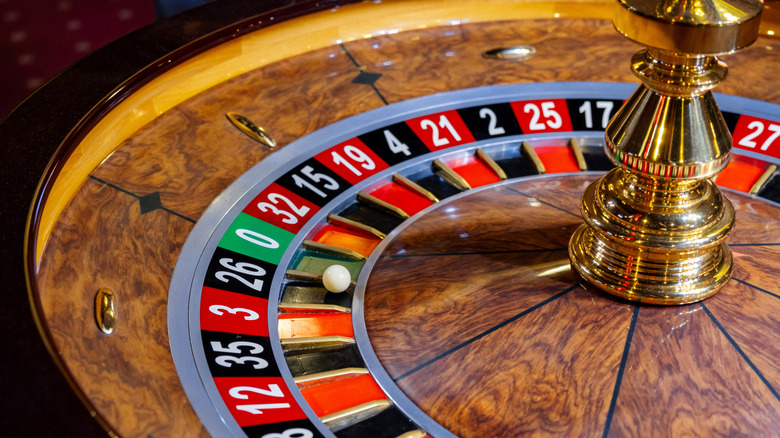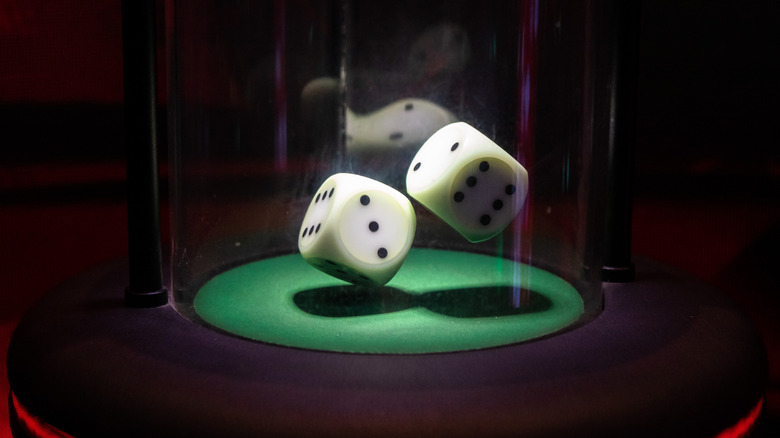The 'Law Of Averages' In Gambling Doesn't Mean What You Think It Does
Gambling can push one's capacity for hope to the limit, but even after suffering loss after loss, some gamblers will insist that they should keep playing because they are due for a lucky break. The more times a roulette wheel lands on black, the more certain they become that the next roll just has to be red, and they'll often chalk this up to the "law of averages," assuming that black and red rolls will even out if you just keep spinning. But it doesn't work like that.
The law of averages isn't an actual scientific law in the way that Ohm's law or Newton's laws of motion are. It's just a colloquial term based on a misunderstanding of the law of large numbers. The law of large numbers is a theorem first developed in the early 1700s by the Swiss mathematician Jakob Bernoulli who was trying to determine the probability of outcomes in games of chance, like roulette or craps.
The law of large numbers states that the results of an experiment get closer to averaging out the more times you repeat that experiment. However, it takes an extremely large number of repetitions, on the order of thousands, to actually reach that average. Assuming that the law of large numbers will apply in a single session of gambling is known as the gambler's fallacy, the belief that if an outcome occurs more frequently than average in a certain time frame, then it will occur less frequently than average in the future, and vice-versa.
The gambler's fallacy
Someone who believes in the gambler's fallacy might assume that if a roulette spin lands on red ten times in a row, it is more likely to land on black on the next spin. The reason this assumption is a fallacy is that it presumes the outcome of a spin is dependent on the outcome of previous spins, when in fact, each spin is a separate, isolated event with the same exact probability as the last.
There are ways to apply mathematics to gambling. For example, you can calculate dice probability based on the number of dice and their respective faces. However, you can't calculate probability based on the number of times you roll the dice, as each roll is a unique event unaffected by the others. Yes, the law of large numbers states that you will come closer to achieving all the possible outcomes of a dice roll the more times you roll, but it's called the law of large numbers because it takes a really, really large number of rolls for this to pan out.
Let's take an even simpler example. A coin toss has only two possible outcomes, so how many times would you have to flip a coin to guarantee you get an even number of heads and tails? No matter how many times you try, you can't reach 100% probability of an even outcome, but in order to reach even a 95% probability of the two outcomes balancing out, you'd need over 1,000 coin flips.

